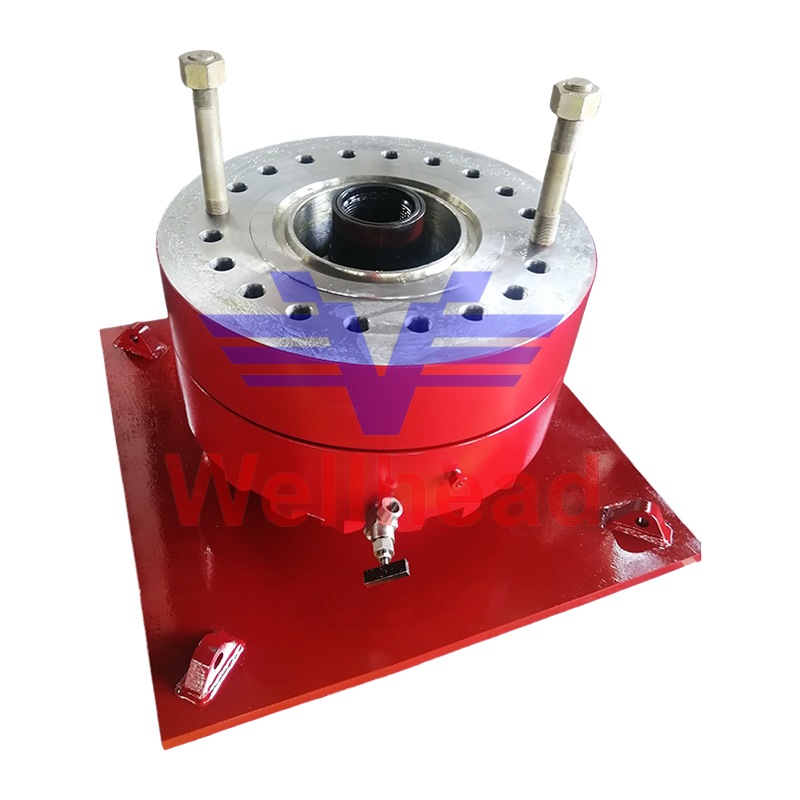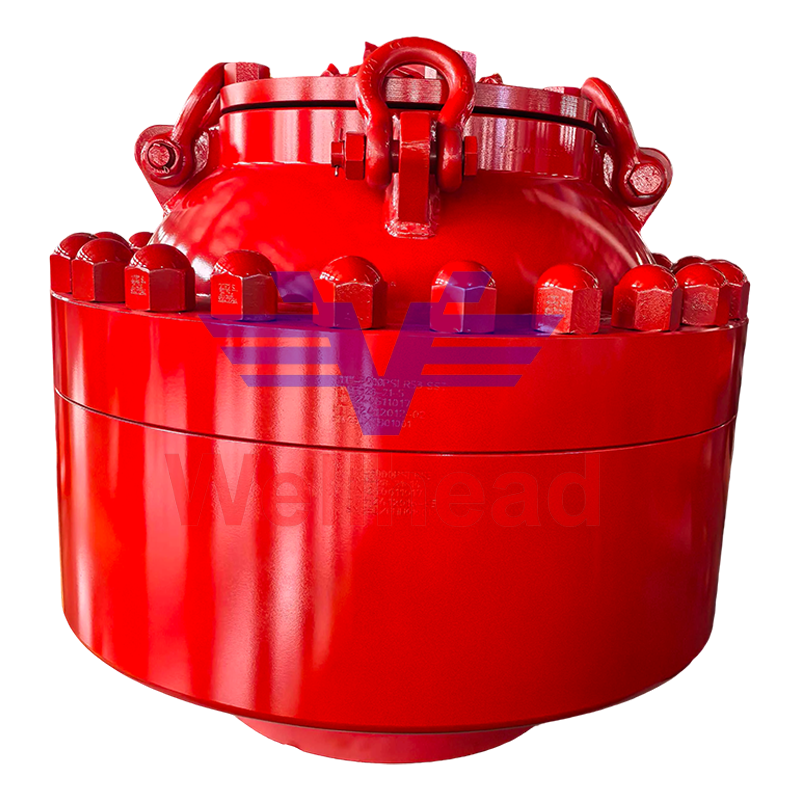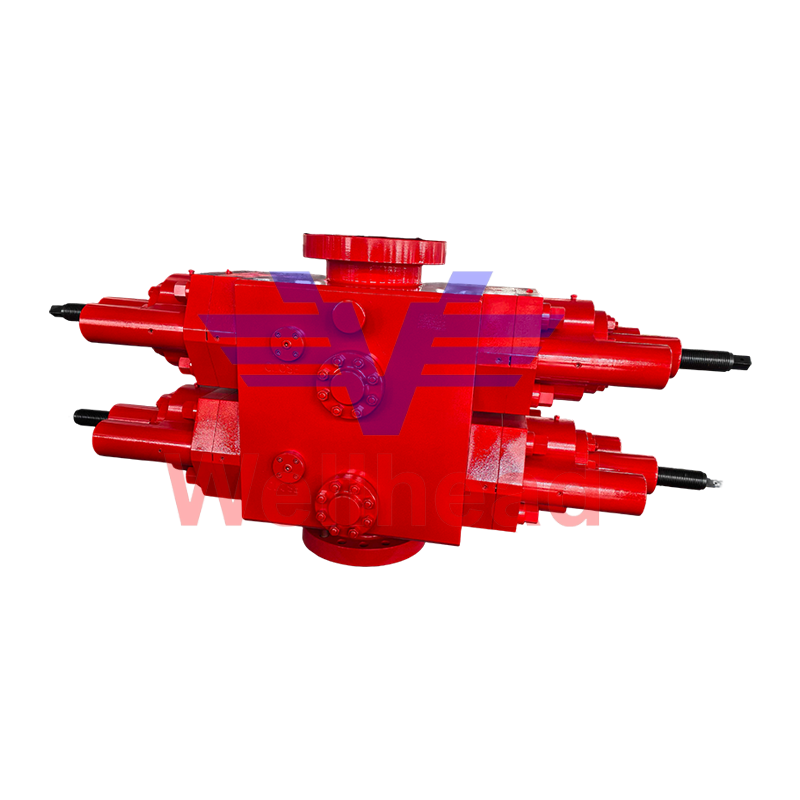In the demanding environments of oil and gas production, processing, and transmission, selecting the right valve technology is not merely an operational choice – it's a critical safety and reliability imperative. Among the various valve types, API 6A gate valves stand out as the benchmark for wellhead, christmas tree, and critical pipeline applications. Understanding the specific demands of these sectors reveals why adherence to the API 6A standard is often the preferred, if not mandatory, path.
1. Defining the Standard: What is API 6A?
API 6A is a globally recognized specification published by the American Petroleum Institute, meticulously detailing the requirements for wellhead and christmas tree equipment. It encompasses design, materials, manufacturing, testing, documentation, and marking for valves, flanges, fittings, and other components intended for severe service conditions. Choosing an API 6A gate valve signifies a commitment to equipment that meets rigorous, industry-agreed safety and performance criteria.
2. Engineered for Extreme Conditions: Pressure, Temperature, and Corrosion
Oil and gas operations expose equipment to extremes:
- High Pressure & Temperature: Reservoirs and pipelines operate under significant pressures and temperatures. API 6A gate valves are designed with robust bodies, bonnets, and stems, featuring specific pressure-temperature ratings (e.g., 5,000 psi, 10,000 psi, 15,000 psi) and material grades suitable for the intended service temperature range.
- Aggressive Fluids: Production streams often contain corrosive elements like H₂S (sour service), CO₂, chlorides, and abrasive solids. API 6A mandates strict material requirements (including specific grades like F6a for bodies/bonnets) and defines material performance tests (like SSC testing for sour environments) to ensure valve integrity against corrosion, erosion, and sulfide stress cracking.
- Critical Sealing: Reliable sealing under pressure and temperature fluctuations is non-negotiable. API 6A gate valves utilize metal-to-metal primary seals for the gate and seats, proven to maintain integrity in demanding conditions where elastomeric seals might fail.
3. Uncompromising Safety Features: Fire Safety and Blowout Prevention
Safety is paramount:
- Fire Safe Design: API 6A specifies stringent fire testing requirements (API 6FA or ISO 10497). Valves must maintain pressure integrity and external leakage control even when exposed to intense fire conditions for a defined period, preventing catastrophic escalation in the event of a fire.
- Integral to Pressure Containment: In wellhead assemblies, API 6A gate valves are fundamental pressure barriers. Their robust design prevents blowouts and uncontrolled releases of hydrocarbons, protecting personnel, assets, and the environment.
4. Robust Design for Demanding Service Life
API 6A dictates design features that enhance durability and operability:
- Full-Bore Opening: Gate valves inherently offer a straight-through flow path when fully open, minimizing pressure drop and erosion potential, crucial for maximizing production flow and handling abrasive fluids.
- Rising Stem Design: Common in API 6A gate valves, this provides a clear visual indication of the valve position (open or closed), a critical factor for operational safety.
- Robust Stem Sealing: Multiple stem sealing options (including live-loaded packing systems) are defined to ensure reliable stem sealing under high pressures and prevent fugitive emissions over the valve's operational life.
- Operational Reliability: Designed for infrequent operation but absolute certainty when needed (e.g., isolating a well during workovers). The design prioritizes long-term sealing integrity and smooth operation even after periods of inactivity.
5. Rigorous Quality Assurance and Traceability
API 6A mandates a comprehensive quality management system:
- Mandatory Testing: Each valve undergoes rigorous production testing, including hydrostatic body tests, seat leakage tests (often to stringent Type VI requirements per API 598/ISO 5208), and functional tests. Critical service valves may require supplementary testing.
- Traceability: Strict material traceability requirements ensure components can be tracked back to their origin through heat numbers and material certifications. Detailed documentation, including a unique serial number traceable to manufacturing records and test reports, is essential.
- Monogram Licensing: Manufacturers must be licensed by API to use the API Monogram, signifying independent verification of their quality systems and product compliance through regular audits.
6. Interchangeability and Global Acceptance
The API 6A standard ensures dimensional interchangeability and consistent performance expectations globally:
- Compatible Flanges: Standardized flange dimensions (e.g., ring-type joint - RTJ) ensure leak-proof connections with other API 6A equipment or pipelines designed to matching specifications.
- Global Language: API 6A is the lingua franca for critical upstream equipment. Specifying API 6A simplifies procurement, ensures compatibility, and guarantees a baseline level of performance recognized by operators, regulators, and engineering contractors worldwide.
Choosing an API 6A gate valve for critical oil and gas applications is fundamentally about mitigating risk and ensuring long-term operational integrity. It represents an investment in proven engineering principles, rigorous manufacturing controls, and exhaustive testing specifically tailored to withstand the unique challenges of hydrocarbon production and handling. From resisting extreme pressures and corrosive fluids to ensuring fire safety and providing critical well control, the API 6A standard provides the comprehensive framework that underpins safe, reliable, and efficient operations. For mission-critical applications demanding the highest levels of performance assurance, adherence to API 6A is not just a choice; it's a prudent and often necessary standard practice.


 + 86-0515-88429333
+ 86-0515-88429333





